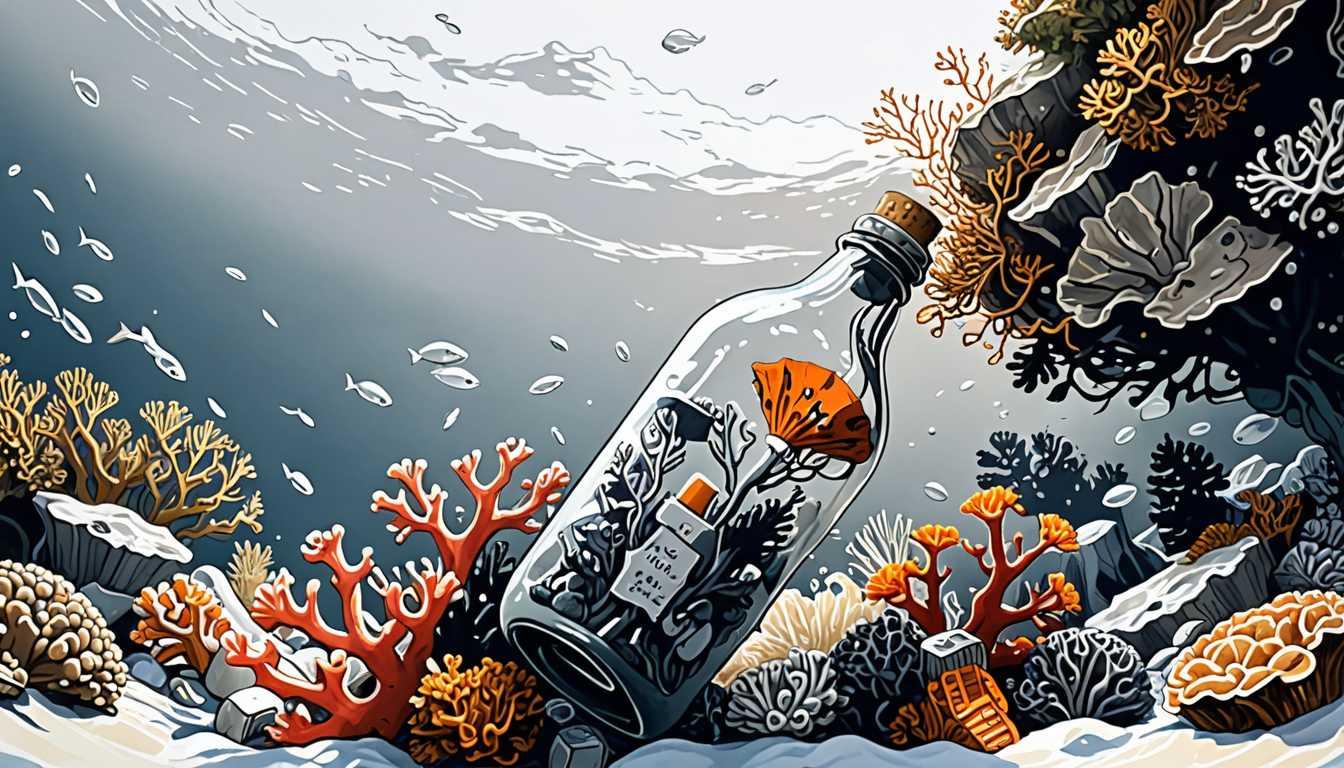Wildlife Woes: The Redlining Connection
June 2024
Berkeley Rausser
Introduction
Dive into the wild side of your neighborhood with the eye-opening article from CellImage! It uncovers how historically redlined areas have fewer species of urban wildlife. Surprising, right? Discover the connection between history and nature while learning how our environments shape the critters we encounter every day—whether it's a squirrel or a blue jay. Get ready to explore the hidden stories of nature in your own backyard!
READ FULL ARTICLEWhy It Matters
Discover how this topic shapes your world and future
Unpacking the Impact of Redlining on Urban Wildlife
Redlining is a term that might sound old-fashioned, but its effects are still felt today, especially in our cities. This discriminatory lending practice denied many people of color access to mortgages, which in turn shaped neighborhoods and their environments. A recent study reveals that areas once marked by redlining now show significantly lower biodiversity, meaning fewer species of animals and plants, compared to areas that were not redlined. This is important because biodiversity contributes to healthier ecosystems, which impacts everything from air quality to the well-being of the people living there. Understanding these connections helps us see how historical injustices still influence our environment and can inspire you to think critically about how we can create more equitable and sustainable communities for everyone.
Speak like a Scholar
Biodiversity
The variety of different species of plants, animals, and microorganisms in a particular habitat or ecosystem.
Discriminatory
An action or policy that unfairly treats a group of people differently based on characteristics like race, gender, or economic status.
Ecosystem
A community of living organisms, along with their physical environment, interacting as a system.
Habitat
The natural home or environment where a particular species lives and thrives.
Conservation
The protection and careful management of natural resources to prevent their depletion or destruction.
Equity
Fairness or justice in the way people are treated, often focused on ensuring everyone has access to the same opportunities.
Independent Research Ideas
The Role of Urban Green Spaces
Investigate how parks and gardens in cities can help improve biodiversity and the quality of life for residents. You could study the differences between neighborhoods with and without green spaces.
Historical Policies and Their Environmental Impact
Explore how other historical policies (like zoning laws or housing policies) have affected urban wildlife and biodiversity in your city or elsewhere.
Comparative Study of Species Diversity
Examine the differences in wildlife species in redlined versus non-redlined neighborhoods, focusing on specific animals or plants to see how their presence reflects the area’s history.
Community Engagement in Conservation
Research how communities can come together to restore biodiversity in neglected areas and what impact these efforts can have on local ecosystems.
The Effects of Climate Change on Urban Wildlife
Look into how climate change is affecting cities’ biodiversity, particularly in areas that were historically marginalized, and what steps can be taken to mitigate these effects.
Related Articles

Nature’s Diversity: A Mental Health Booster
April 2024
King's College London

Game On: Tackle Climate Change Together!
June 2024
MIT Technology Review

Navigating Pollution: A Bronx Tale
July 2024
MIT News

Plastic Pollution: A Treaty's Path to Change
November 2024
UC Berkeley NewsCenter

Ocean Guardians: Climate-Smart Marine Havens
October 2023
Stanford University